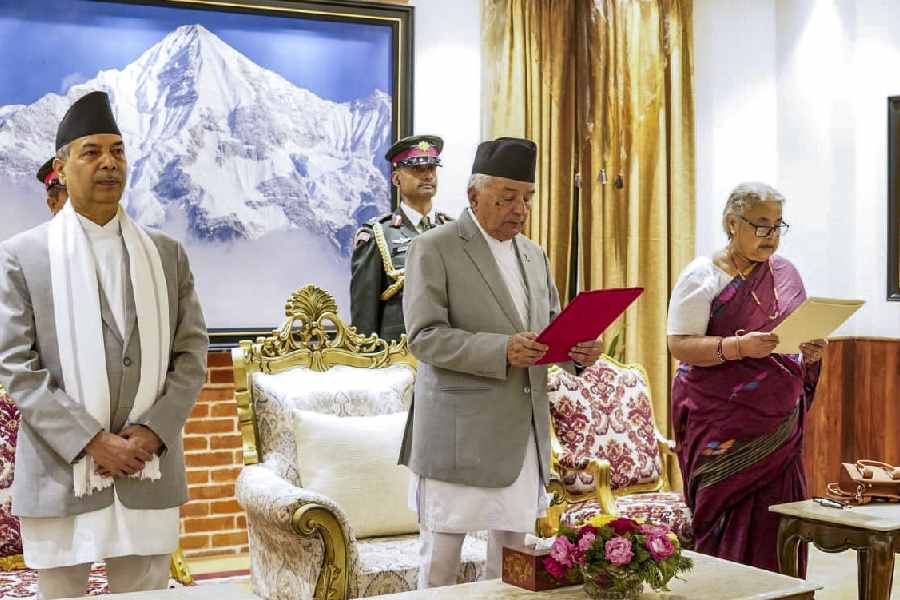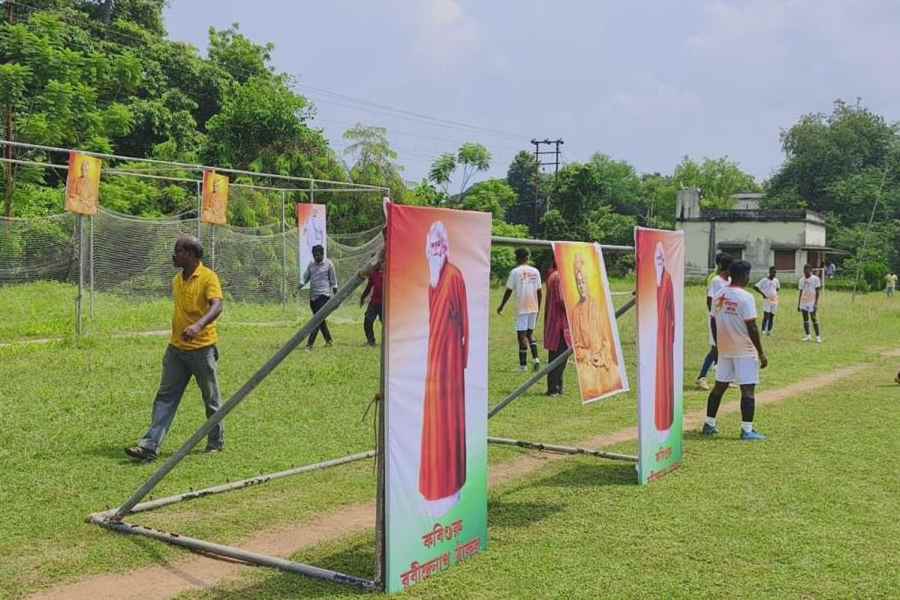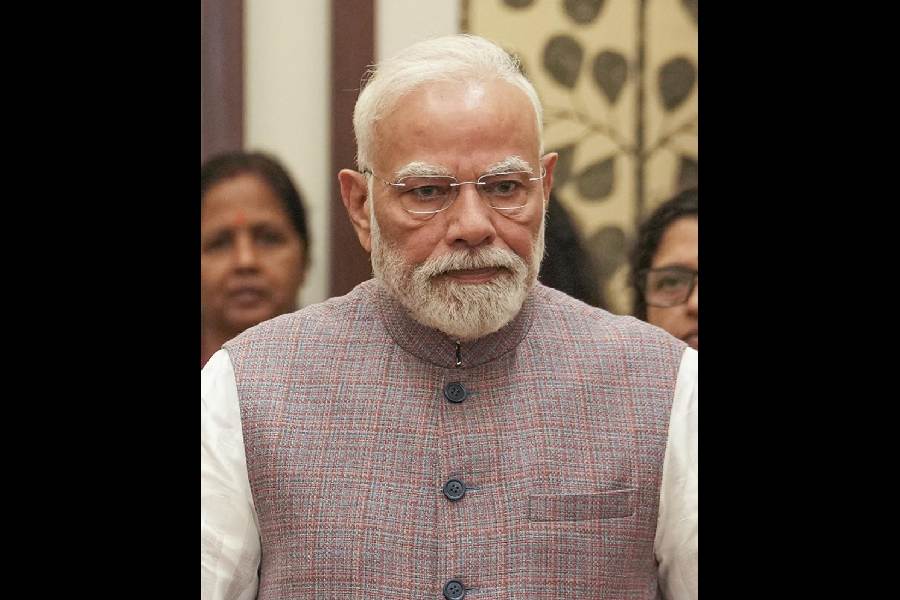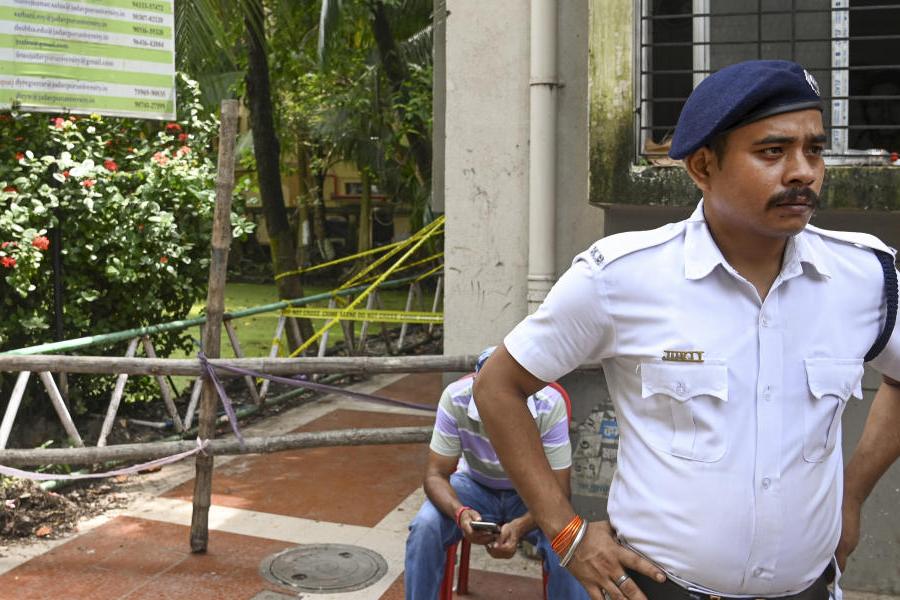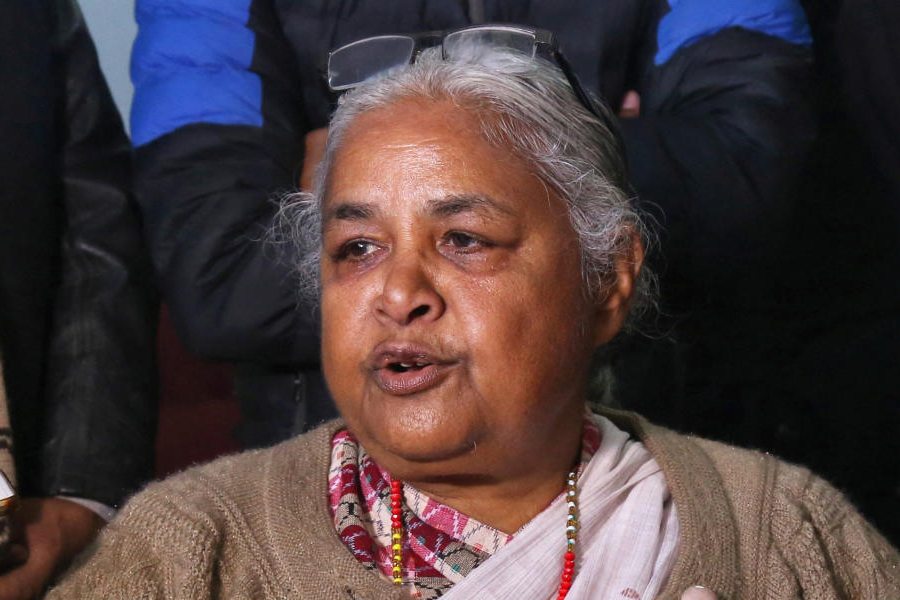|
|
| Revival strategies |
You can get away in Malaysia by recalling that Tunku Abdul Rahman’s mother was Thai but mention of Mahathir Mohamad’s Indian father is strictly taboo. Nor are the imprisoned Anwar Ibrahim’s Tamil antecedents or the Chinese ancestry of his wife, Wan Azizah Wan Ismail, the National Justice Party leader who says Sonia Gandhi is her role model, ever spoken of.
Ironically, from the first prime minister to the present incumbent, almost every architect of the Bangsa Melayu and bumiputra policies to accord political and economic primacy to Malays has himself been of mixed descent. The second paradox is that the very words bangsa and bumiputra (like hundreds more) contradict the illusion of genetic purity that shapes Malaysian politics. They reveal a cultural mix, especially a Hindu leavening, that makes Malaysia attractively relaxed and unique in the Islamic world.
With a bare 10 months before Mahathir steps down — if he sticks to his promise that is — after more than two decades in office, and Islamic extremism threatening to ravage society, the continued need for ethnic discrimination is being closely examined. Malaysia has made epochal progress under Mahathir. But senior politicians predict that globalization will necessitate a review and that though affirmative action served a purpose, “these privileges can’t be expected to last forever”. Even Mahathir sometimes speaks of Bangsa Malaysia, suggesting a common identity that takes precedence over the dubious notion of Bangsa Melayu on which everything still hinges.
Race is a beguiling myth in southeast Asia. Two handsome young men at a party whom I took to be Malays turned out to have Bengali surnames and a Chinese mother. I have since come across the term Chindian. Malays are that and much more. But demographic expediency has extended the bumiputra label beyond Indian Muslims to the tribes of Sarawak and Sabah. Many Chinese (26 per cent) and Indians (nine per cent) also question the validity of Bahasa (India again!) Melayu, holding that Bahasa Malaysia would be a more apt description for an eclectic tongue that has no script of its own, uses phonetic spelling — stessen, kaunter, tiket — to indigenize everyday English words, and is not the exclusive prerogative of Malays.
One day, perhaps, pragmatic arguments will prevail over fantasy and someone who is not a bumiputra become prime minister. It might be the only way of arresting the tide of fanaticism reflected in the onward sweep of Parti Islam seMalaysia, the rise of madrasahs and of militant groups like Jemaah Islamiah and Kumpulan Militan Malaysia, with Pakistani and Afghan links. It would also be a worthy achievement for a nation whose history can be traced to Srivijaya glory.
Indian influence did not end there. An elderly Chinese recalls that he saw Nargis’s Mother India no fewer than nine times in the Malayan kampong of his youth. But such tastes are frowned on today. Condemning the Hindi cinema’s influence, the deceased poet, Usman Awang, winner of Malaysia’s National Laureate award, deplored, “Even my small grandchildren know how to sing Hindustan (sic) songs like Kuch Kuch Hota Hai.”
The complex is strongest in Melaka (Malacca) and Kedah, both sites of early Hindu civilizations whose existence is vigorously denied or studiously ignored. Authority bestows approval on Parameswara, the Sumatran prince who ruled Temasek (Singapore) before crossing the straits to Melaka, only after he converted to Islam and became Iskandar Shah, ancestor of the sultans of Perak and Johore. He was a bad monarch for thirty-two years in Temasek, they say, but wondrously good as Melaka’s sultan for eleven. But even as the paragon of Islamic piety, he called his laws the Hukum Kanun Melaka.
Kedah (Kadaram) on the Thai border, the first landfall of Indian navigators and ultimately incorporated in the Srivijaya empire, is Malaysia’s richest architectural site. Describing the fourth century Hindu deities found in the Bujang Valley there, Anthony Spaeth wrote in Time that “the official literature does its best to downplay, even denigrate, the Indian impact on the region.” The grudging admission that maritime trade led to Kedah’s “Indianization” prompted Spaeth’s conclusion that “an Indian Malaysian visiting the Bujang Valley might come away feeling demeaned rather than proud — and that would be no accident.”
Thus is the past distorted to serve the present. Princes and politicians worship the rising sun. Iskander Shah sent tribute to the Ming emperors. Mahathir’s 1982 Look East policy abolished Bahasa Inggeris from schools because Japan had flourished without English. Now, he has turned to booming China, setting a target of half a million Chinese tourists for next year. India in decline ceased to count. But fresh economic ties, especially huge and lucrative highway projects, are being forged as India opens up to the world.
Eventually, this profitable new connection is bound to benefit Indian Malaysians who have the lowest share of Malaysia’s corporate wealth: 1.5 per cent against 19.4 per cent for Malays and 38.5 per cent for the Chinese. Not surprisingly, Indians (85 per cent Tamil) claim the highest rate of infant mortality, illiteracy, gangsterism, domestic violence, suicide and arrests. Some 15 per cent of the Indians in Kuala Lumpur are squatters. Astounding amidst such rapid progress, a small Indian community in Kedah was without electricity.
In contrast, the Chinese rode piggyback on the special favours meant for Malays to control commerce, manufacturing, construction, sophisticated banking and financial and capital services. Robert Kuok, the Hongkong-based tycoon, is Malaysian; so is Lim Goh Tong, the billionaire contractor who runs gambling casinos in Connecticut. Even the Chinese businessman, Heng Suan Lim, accused of match-fixing in the Bruce Grobbelar scandal, was Malaysian. It is not only that the Chinese are more enterprising; they are also far better served by their political organizations and leaders.
Overlooking these internal contradictions, many Westerners see Malaysia as an ideal ballast for stability in an increasingly volatile region. Malaysia could fulfil that promise but only if it takes full advantage of the multi-racial, multi-cultural legacy with which it has been blessed. The contrary insistence on a mythic unitary culture encourages fundamentalism, with the Parti Islam which already governed Kelantan scoring a stunning victory in oil-rich Terengganu at the expense of Mahathir’s Barisan Nasional coalition. The full horrors of hands being chopped off and people being stoned to death are being discussed, but, as in India, such is the crippling power of vote banks that Kuala Lumpur is unable — or unwilling — to take a public stand against state laws that violate the federal constitution.
Mahathir has turned a farming society into a prosperous trading community. He has built glittering highways, airports, dams, mass transit systems and the Twin Towers. The per capita income has soared from $1,357 to $4,305 without destroying Malay society’s simple charm. His failure is that the government’s primary education policy forced the three races to retreat into ghettoes, 95 per cent of the Chinese attending Chinese-language schools and 70 per cent of Indians going to Tamil schools. Malays favour madrasahs that are a breeding ground of fanaticism.
There are other straws in the wind of bigotry. A Malaysian friend declined a drink in my hotel bar because, he explained, the religious police swarmed everywhere, indistinguishable in civilian disguise. Young couples are constantly being charged with the offence of khalwat, or proximity. If this continues, Malaysia runs the danger of becoming the Saudi Arabia of southeast Asia.
America’s war on terrorism is only one reason why a country with a rich past and a richer potential must be rescued from such a bleak future. Malaysia’s own heritage provides the more compelling argument for rejecting the stampede into fundamentalism. Mahathir has begun to revise school policy, reinstate English, cut madrasah grants and clamp down on fundamentalist organizations. In the 10 months that remain, he must also revive the liberal Islam that is the Malay’s birthright if Malaysia is to remain one nation emotionally instead of splintering into three.






